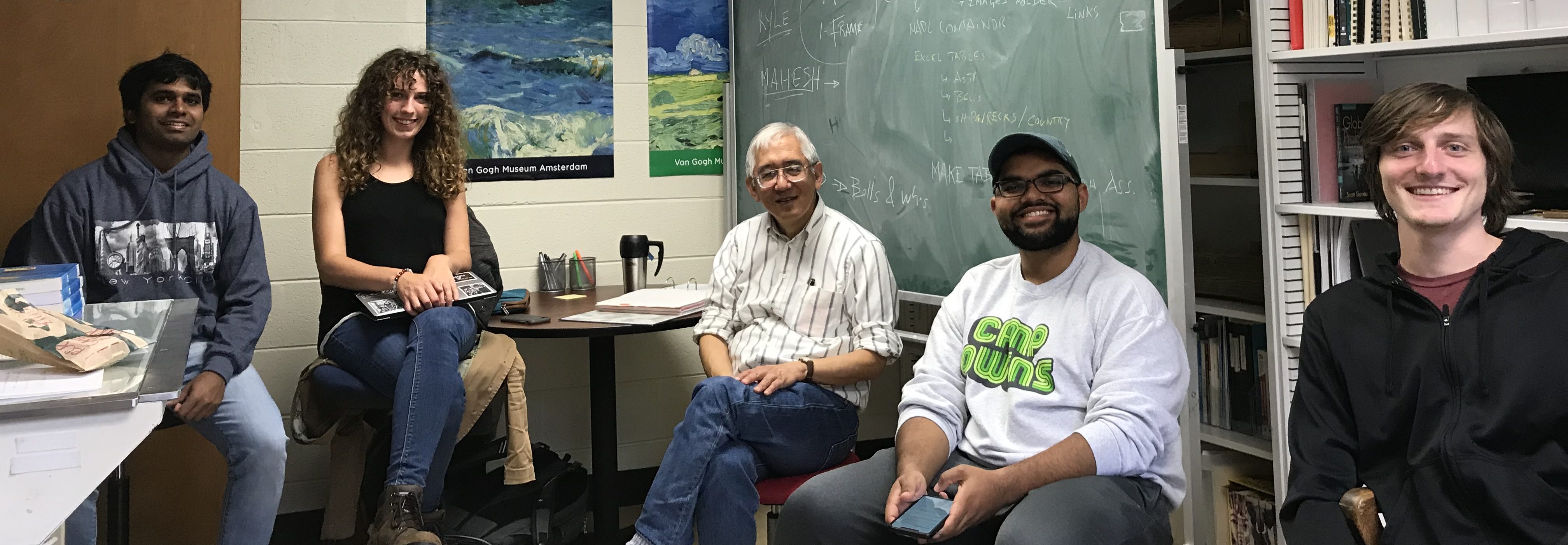
Social media is making archaeology public and helping archaeologists to share their discoveries and ideas to a wider than ever public. This trend is creating a public for archaeology that is already the best ally of the cultural heritage.
The social value of archaeology lies on its contribution to the public understanding of the world. As most kids around the world are in school today – something that never happened before – we expect to see, in a near future, the rise of diverse interpretations of archaeological data, and the development of more diverse narratives about our common past.
The internet has been an exceptional tool for the democratization of knowledge and it is great to see that as the older archaeologists retire, a new group of young archaeologists is emerging with a new paradigm, less secretive, less complicated, less competitive, and more engaged politically. Teams are becoming increasingly more diverse, and archaeology is moving away from the ivory tower paradigm – or dungeon, as a colleague of mine likes to say – and being replaced by a much more serious and creative multidisciplinary discipline that is both more intelligent, and much more fun. This is even true for the cultural resource management world. Organizations like the Maritime Archaeology Trust (UK) are working hard to share their discoveries online in ever more creative ways, and companies like ASI (Canada) are making all their reports available online.
At Texas A&M University we are celebrating this paradigm change and trying to put all our data online in creative and hopefully fun ways, with the skills and creativity of computer science and visualization students.
